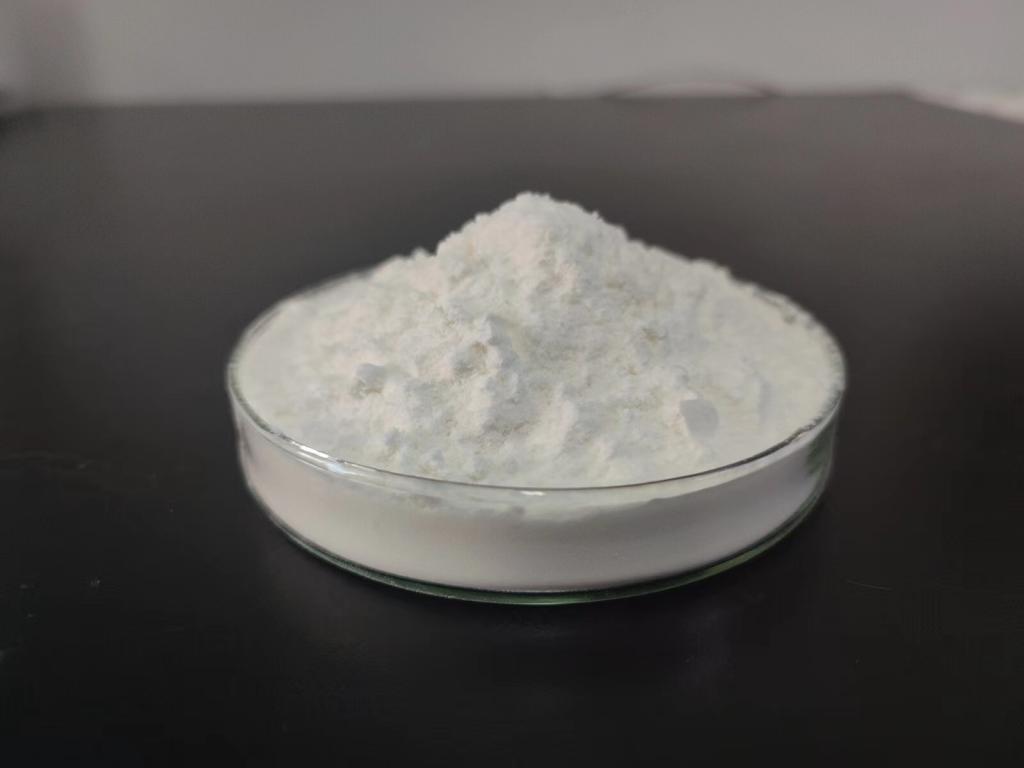Tel:+8618231198596

News
 CONTACT
CONTACT
 CONTACT
CONTACT
- Linkman:Linda Yao
- Tel: +8618231198596
- Email:linda.yao@dcpharma.cn
- Linkman:CHARLES.WANG
- Department:Overseas
- Tel: 0086 0311-85537378 0086 0311-85539701
News
Current Position:
Home >
News
>Understanding the biofilm-disrupting properties of ε-Polylysine hydrochloride.
Understanding the biofilm-disrupting properties of ε-Polylysine hydrochloride.
TIME:2024-04-26
1. Biofilm Formation and Challenges
Biofilms are formed when microorganisms adhere to surfaces and produce a matrix of extracellular polymeric substances (EPS), which protects them from antimicrobial agents and immune defenses. Biofilm-associated infections are notoriously difficult to treat due to their resistance to conventional antibiotics and disinfectants. Moreover, biofilms can form on medical devices such as catheters, implants, and prosthetics, leading to device-related infections and complications.
2. Mechanisms of Action of ε-Polylysine Hydrochloride
ε-Polylysine hydrochloride exhibits biofilm-disrupting properties through multiple mechanisms:
Disruption of EPS: ε-Polylysine hydrochloride can disrupt the structure of the EPS matrix, weakening its integrity and making the biofilm more susceptible to antimicrobial agents and immune responses.
Antimicrobial Activity: ε-Polylysine hydrochloride directly kills bacteria within the biofilm, preventing their growth and dispersal.
Interference with Quorum Sensing: ε-Polylysine hydrochloride may interfere with quorum sensing, the communication mechanism used by bacteria to coordinate biofilm formation and virulence gene expression.
3. Potential Applications in Medical Settings
ε-Polylysine hydrochloride has several potential applications in medical settings for combating biofilm-related infections and contamination:
Wound Care: ε-Polylysine hydrochloride-containing dressings or topical formulations could be used to treat chronic wounds and ulcers by disrupting biofilms and promoting wound healing.
Medical Device Coatings: ε-Polylysine hydrochloride coatings on medical devices could prevent biofilm formation and device-related infections, reducing the risk of complications associated with implantation or invasive procedures.
Antibacterial Solutions: ε-Polylysine hydrochloride solutions could be used as antimicrobial rinses or irrigants for sterilizing medical instruments and equipment, particularly those prone to biofilm formation.
4. Future Directions and Challenges
Despite its promising biofilm-disrupting properties, several challenges remain in the development and application of ε-Polylysine hydrochloride in medical settings:
Optimization of Formulations: Further research is needed to optimize the formulation and delivery of ε-Polylysine hydrochloride to maximize its efficacy and minimize potential side effects.
Biocompatibility and Safety: The biocompatibility and safety of ε-Polylysine hydrochloride for human use need to be thoroughly evaluated through preclinical and clinical studies.
Resistance Development: Monitoring for the development of resistance to ε-Polylysine hydrochloride is essential to ensure its long-term effectiveness in combating biofilms.
Conclusion
ε-Polylysine hydrochloride holds promise as a biofilm-disrupting agent for medical applications, offering potential solutions for combating biofilm-related infections and contamination. By understanding its mechanisms of action, exploring its applications in medical settings, and addressing remaining challenges, ε-Polylysine hydrochloride may become a valuable tool in the fight against biofilm-associated diseases and complications. Continued research and development efforts are needed to fully realize the potential of ε-Polylysine hydrochloride in medical practice.
- Tel:+8618231198596
- Whatsapp:18231198596
- Chat With Skype







